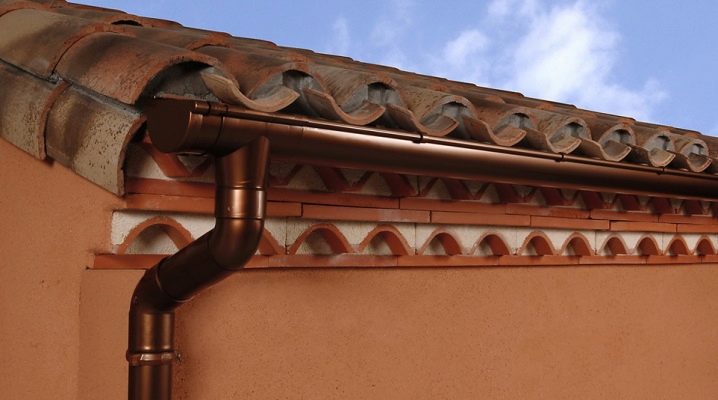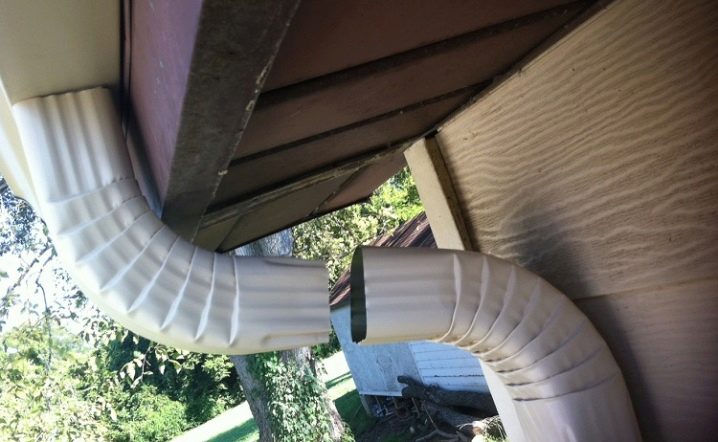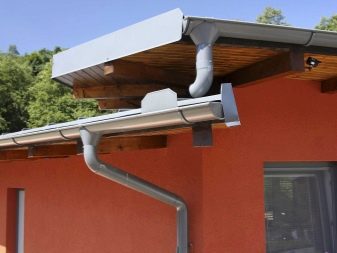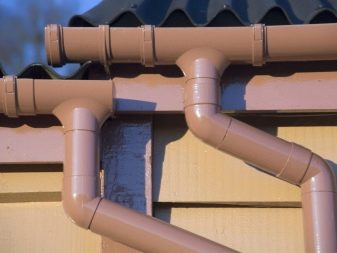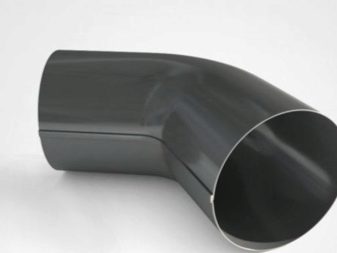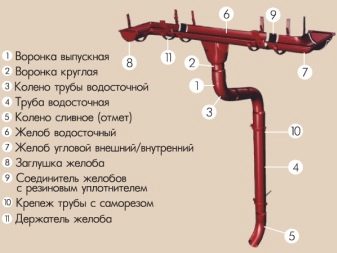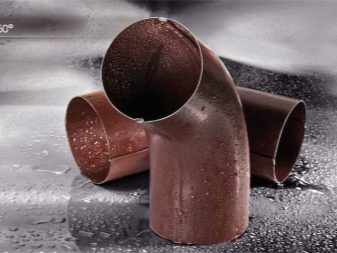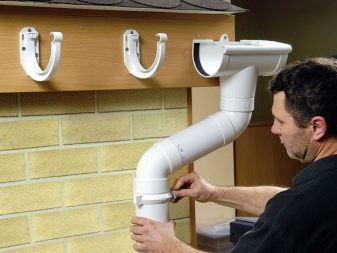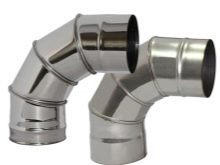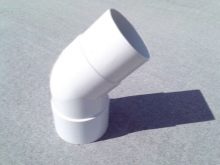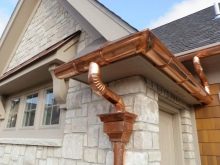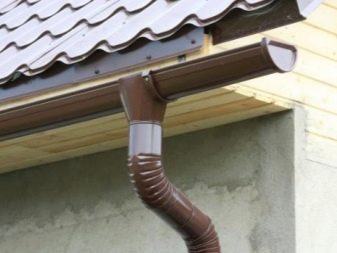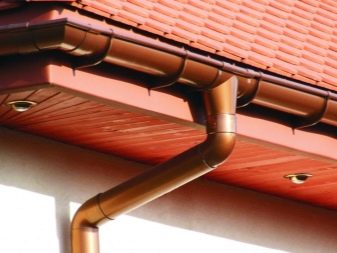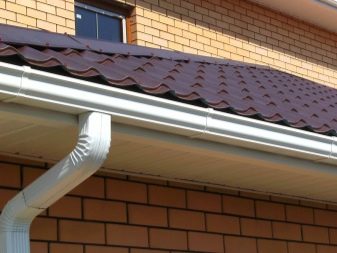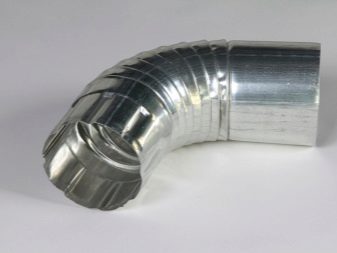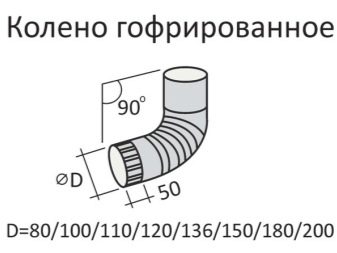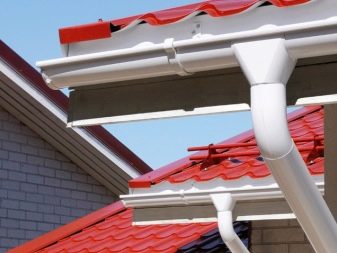Knee drainpipe: what is it?
Almost all buildings are equipped with drainage system, which runs on the roof and facade. This design is necessary to protect homes from the negative effects of natural rainfall. One of the elements of such a system is the knee of the drainpipe. What it is and what it is used for will be discussed in more detail in this article.
Main characteristics
Knee drainpipe is one of the main elements of the drainage system. To make it easier to understand the features and purpose of this part, you need to elaborate on the design of the drain. Water drainage system is a combination of several elements that provide the outflow of natural precipitation from the roof of a building.
The main elements of low tide are pipes with vertical fixation, gutter,funnel and knee drain. Gutters are some guides that provide water flow in the desired direction. Vertical pipes are designed to lower precipitation from the roof to the place of flow. The funnel acts as a connecting element through which precipitation from the gutter enters the pipe.
Knee drain is a small pipe, bent at a certain angle. This detail is not the main element of the drainage system, but only complements it. However, without such an element, many drainage structures simply cannot function.
The knee of the drainpipe allows you to install the system even in difficult places for installation, where there are any obstacles to its placement.
This part is often used for coupling a funnel with a vertical pipe at the desired angle of inclination. The most common models of drainage elbows with bends at 45, 60 and 90 degrees. Parts may also vary in size and material.
What is it used for?
Knee drainpipes can be used to solve various problems. Basically, this element is used in the following cases:
- if necessary, ensure reliable discharge of water, since the vertical pipe has a straight shape and the water flowing out of it can come into contact with the external walls of the building and the foundation (so that the sediments leave the roof not at the very wall, but a little further, a drainage elbow is used);
- Often, some constructions interfere with the installation of a drain, and to bypass such elements, it is required to empty the pipe at a certain angle (this can be done with the help of a bend);
- It is not always possible to connect the funnel with the pipe directly, so in this case the elbow is used as a connecting piece.
Kinds
Bypass elements are divided into several types depending on the configuration and material. For the manufacture of such parts are mainly used the following materials:
- galvanization;
- stainless steel;
- polyvinyl chloride.
The plastic mark is strong enough to cope with normal mechanical loads. However, under adverse operating conditions, the knee of polyvinyl chloride may crack. This material is worse than metal products, tolerates exposure to high temperatures and is not so resistant to mechanical damage.
Details of galvanized steel have already higher strength.
Such a knee will not be afraid of either intensive use or temperature changes.
The mass of parts made of galvanizing is low, which will allow not to create a large load on the drainage system. However, such an element can create a lot of noise in the moments of precipitation.
According to the physical properties of the parts can be divided into two types: hard and corrugated. The bend angle of a rigid knee always remains unchanged. In the corrugated version, this angle can be changed independently. Elements of the hard type are most common, as they are easy to install, and also more durable and reliable.
Corrugated knee is convenient to use when installing complex structures that require a large number of bypass parts.
In this case, the product can be bent at any desired angle to avoid complex calculations and fitting parts. However, the corrugated knee is not as strong as rigid, and therefore it is used only in cases of strong need.
Dimensions
On the modern market can be found markers of various sizes.This allows you to choose the right option for any design. The length of the knee in length usually does not exceed 350 millimeters on each side of the bend. When it is required to install a large bypass part, additional connecting elements are used in the form of pipe sections.
Differences between marks are mainly in diameter and bend angle. Standard diameters of such workers have the following values: 10, 12, 13, 14, 15, 16, 18, 20 and 22 centimeters. The most common angle values are 45 and 60 degrees.
Parts are also available with a 90 degree angle. However, it is not recommended to use them, as this can lead to clogging of the drainage system.
Many manufacturers are also ready to make a knee to order with the necessary parameters.
Instructions for mounting pipes and elbows drain pipe, see the video below.
